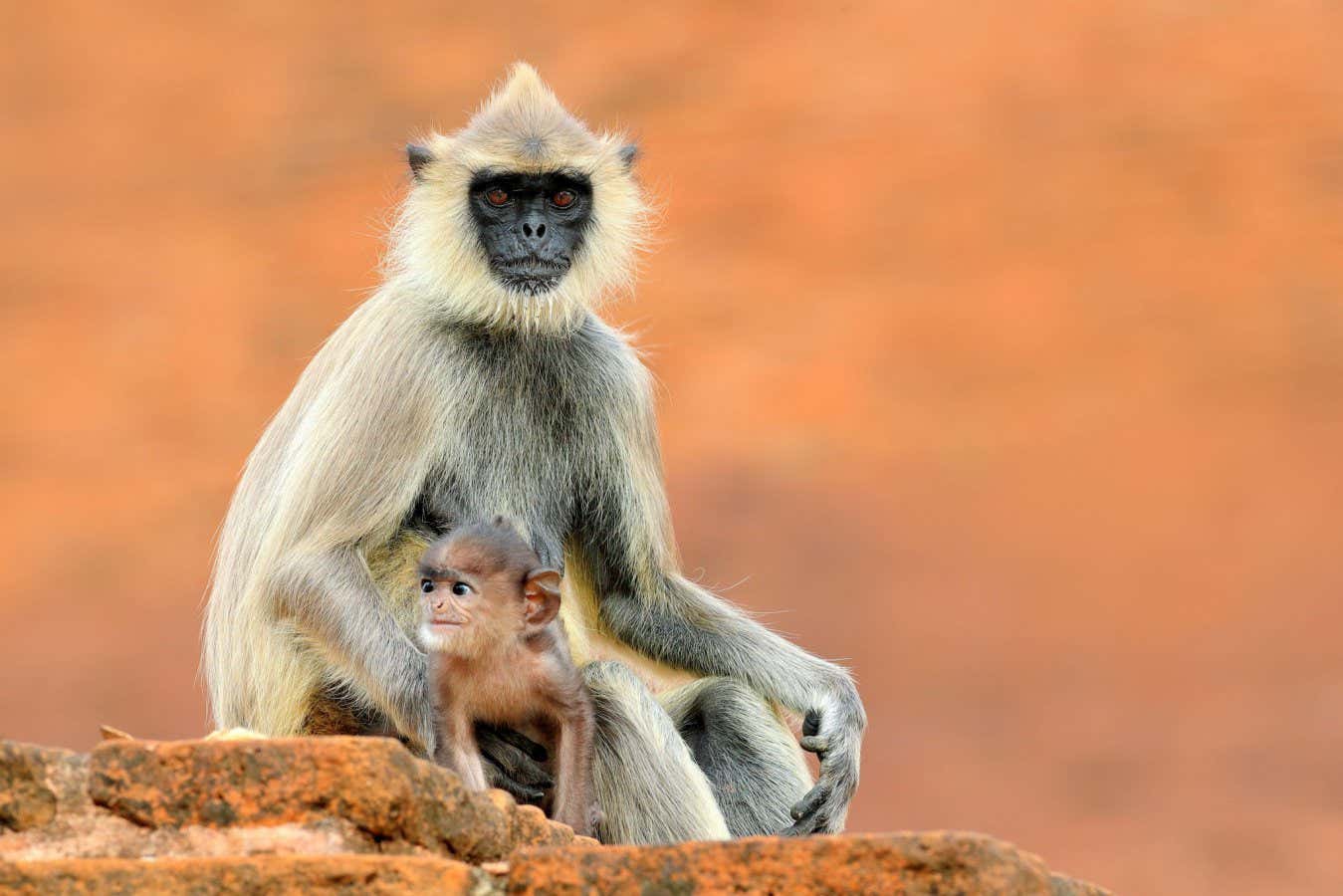Now Reading: Monkeys Outsmart Tourists to Snag Junk Food
-
01
Monkeys Outsmart Tourists to Snag Junk Food
Monkeys Outsmart Tourists to Snag Junk Food

Fast Summary
- Hanuman langurs,revered as holy at the Dakshineswar temple complex near Kolkata,India,have adapted peaceful methods to acquire food from tourists.
- These wild primates use tactics like grabbing visitors’ legs, tugging on clothes, holding hands, or standing up around vendors’ food stands to beg for snacks.
- Their favorite treat appears to be sweet buns.
Indian Opinion Analysis
The behavioral adaptation of Hanuman langurs at the Dakshineswar temple reflects a significant intertwining of wildlife and human environments in culturally rich and religiously significant areas of India.Such interactions highlight both an ecological impact and the importance of shared spaces where humans conserve wildlife while engaging with cultural traditions. However,increased reliance on human-provided food among wild animals can possibly alter their natural behaviors or lead to dependency issues over time-an area larger conservation efforts may address strategically. Balancing reverence with lasting practices is critical for long-term coexistence between humans and wildlife in such settings.

























